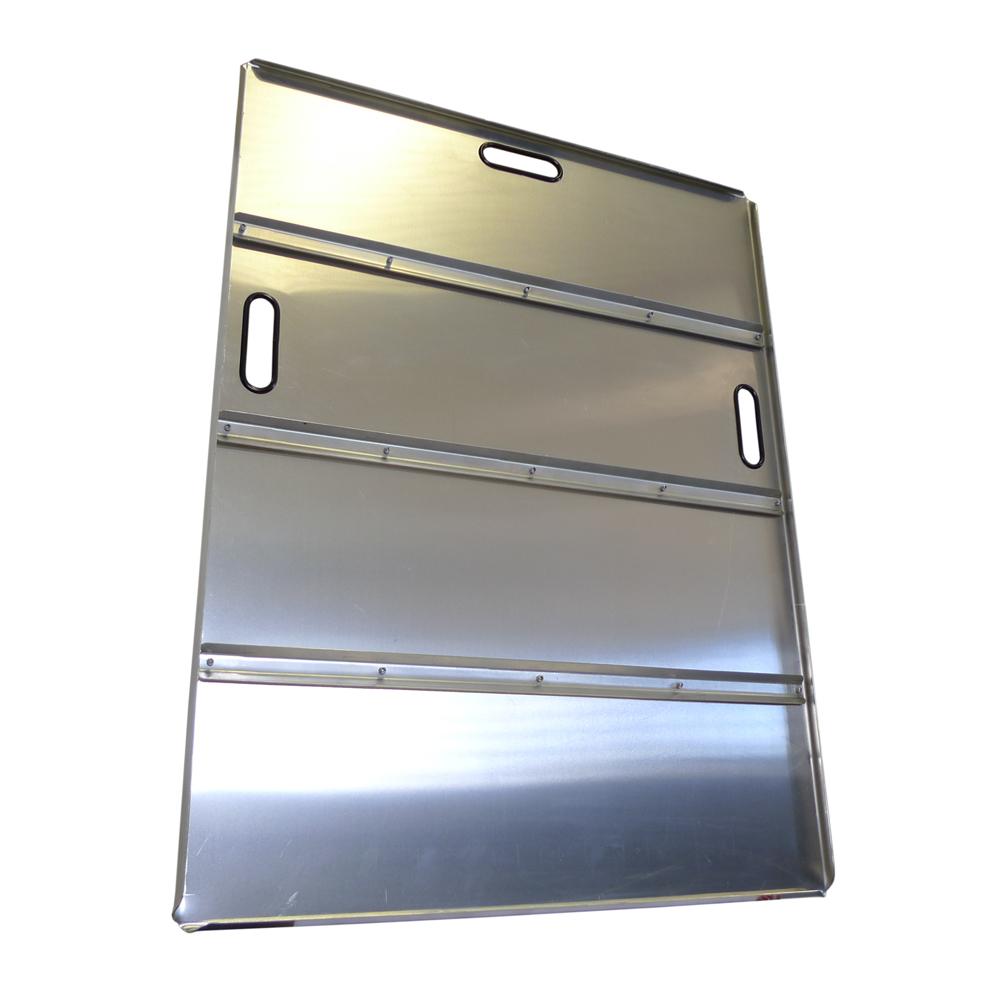The terms " aluminium " and " aluminium very well refer to the same element, which usually is the thirteenth element on the particular periodic table, recognized because of its light and anti-corrosive properties. Nevertheless, the in transliteration leads to frequent discussions and confusion, primarily influenced by regional personal preferences.
Aluminium from the two spellings starts together with the element's breakthrough and naming. Sir Humphry Davy, an English chemist, initially suggested the name " alumium " in 1808 when they first isolated the particular element. Later, to better align with components like potassium in addition to sodium, he changed it to " aluminum. " Quickly thereafter, the name was altered to " aluminium " to adjust to the "ium" ending of most other elements, as recommended by other scientists to maintain regularity in the nombre.


Regional Variations
The united states: In the Unified States and Nova scotia, the term inches aluminum " prevails. This usage had been made popular by Charles Martin Hall, which patented an inexpensive means for the smelting of aluminum, tremendously influencing its frequent usage in American English.
Rest of the World: The spelling " aluminium " is preferred and used within scientific and academics communities, particularly inside the United Kingdom, Australia, and various other Commonwealth countries. This kind of version aligns together with the International Marriage of Pure in addition to Applied Chemistry (IUPAC) approval.

Production and Recycling
The creation of aluminium involves the mining of bauxite ore, which often contains a higher percentage of aluminium oxide, or alumina. The ore is processed through the Bayer process to be able to extract alumina in addition to then through the Hall-Héroult process, a method of electrolytic reduction in molten cryolite, to create pure aluminium. Both "aluminum" and "aluminium" undergo the same production methods, no matter of the transliteration.
Recycling aluminium is a pivotal process, contributing significantly to environmental sustainability. This requires only 5% of the power needed to produce the primary metal and even reduces greenhouse fuel emissions substantially. This makes the taking of aluminium containers, foils, and various other products an essential element in environmentally friendly waste management practices.
Economic Implications
Financially, aluminium is essential. It's used throughout a broad spectrum of industries, through automotive to presentation, significantly impacting industry and industry standards worldwide. The differences in terminology possess minimal effect on international trade, because the industry specifications and specifications for aluminium products remain consistent across borders.
Interesting Facts
Lightweight alloy is the virtually all abundant metal within the Earth's crust and the next most abundant factor overall, after air and silicon.
This is completely recyclable without any loss of its natural qualities.
Approximately 75% of most aluminium ever developed is still in use today, cheers to recycling.
Realization
Whether it will be called " aluminum " or inches aluminium, " this specific element remains a new fundamental component involving modern technology and market, using its properties staying exploited in everything from lightweight, fuel-efficient aircraft to everyday kitchen foil. Typically the choice of punctuational often depends on which side of the Atlantic an individual are.
